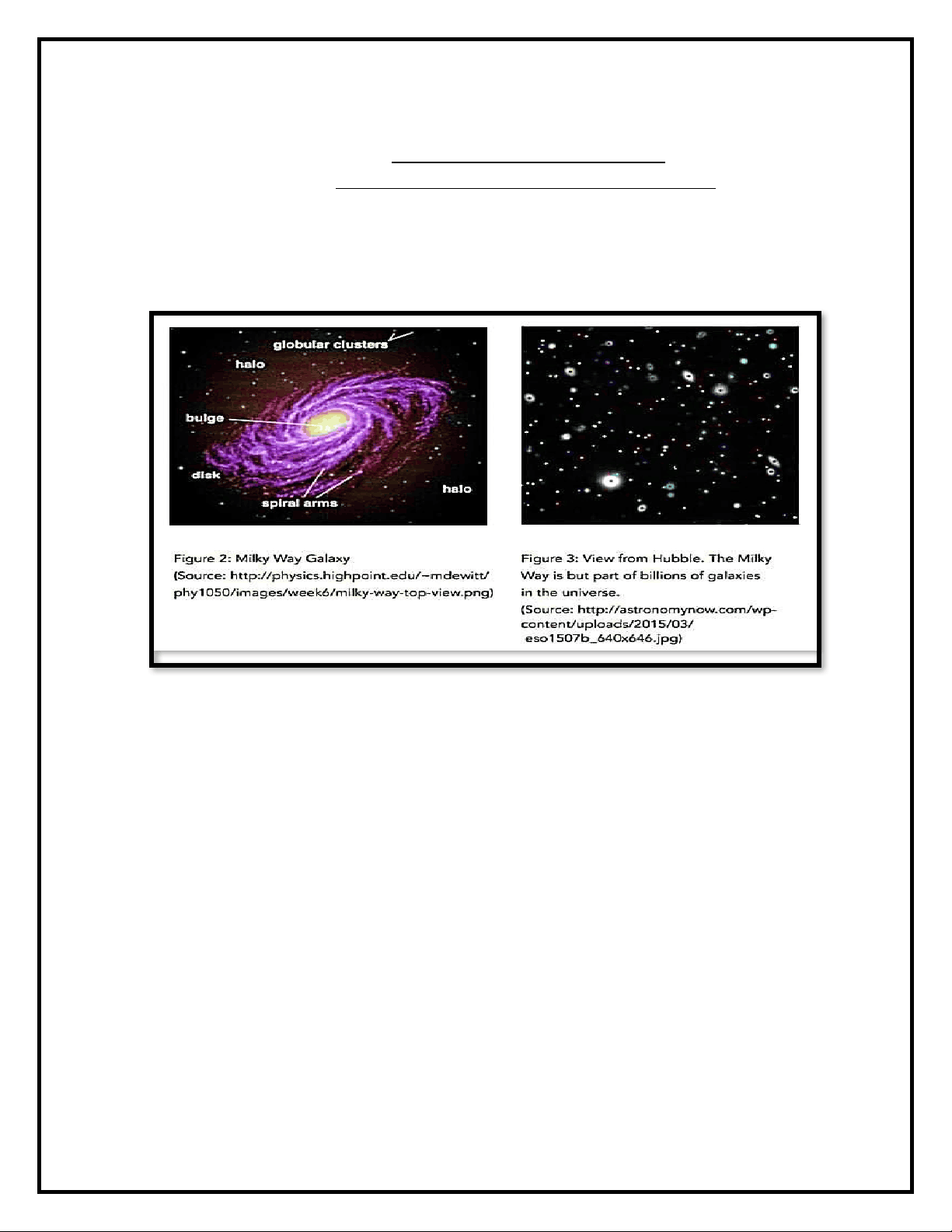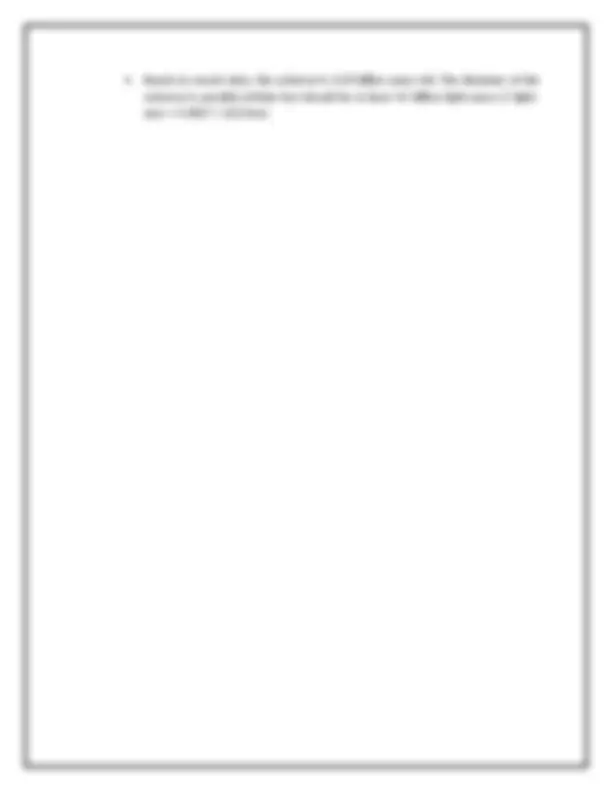



Study with the several resources on Docsity

Earn points by helping other students or get them with a premium plan


Prepare for your exams
Study with the several resources on Docsity

Earn points to download
Earn points by helping other students or get them with a premium plan
Community
Ask the community for help and clear up your study doubts
Discover the best universities in your country according to Docsity users
Free resources
Download our free guides on studying techniques, anxiety management strategies, and thesis advice from Docsity tutors
An overview of the key concepts related to the structure, composition, and age of the universe. It covers the fundamental components of the universe, including baryonic matter, dark matter, and dark energy, as well as the formation and evolution of stars and galaxies. The document also discusses the current scientific understanding of the age and size of the observable universe. The learning goal is for students to be able to describe the structure and composition of the universe. This information could be useful for students studying topics related to astronomy, astrophysics, or cosmology at the university level.
Typology: Exercises
1 / 3

This page cannot be seen from the preview
Don't miss anything!


(Structure, Composition, and Age of the Universe) II. LEARNING GOAL: The students should be able to: a. Describe the structure and composition of the Universe III. CONCEPTS Structure, Composition, and Age The universe as we currently know it comprises all space and time, and all matter and energy in it. It is made of 4.6% baryonic matter (“ordinary” matter consisting of protons, electrons, and neutrons: atoms, planets, stars, galaxies, nebulae, and other bodies), 24% cold dark matter (matter that has gravity but does not emit light), and 71.4% dark energy (a source of anti-gravity). Hydrogen, helium, and lithium are the three most abundant elements.
Stars - the building block of galaxies-are born out of clouds of gas and dust in galaxies. Instabilities within the clouds eventually results into gravitational collapse, rotation, heating up, and transformation into a protostar - the hot core of a future star as thermonuclear reactions set in. Stellar interiors are like furnaces where elements are synthesized or combined/ fused together. Most stars such as the Sun belong to the so-called “main sequence stars.” In the cores of such stars, hydrogen atoms are fused through thermonuclear reactions to make helium atoms. Massive main sequence stars burn up their hydrogen faster than smaller stars. A galaxy is a cluster of billions of stars and clusters of galaxies form superclusters. In between the clusters is practically an empty space.